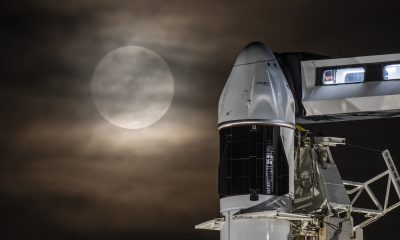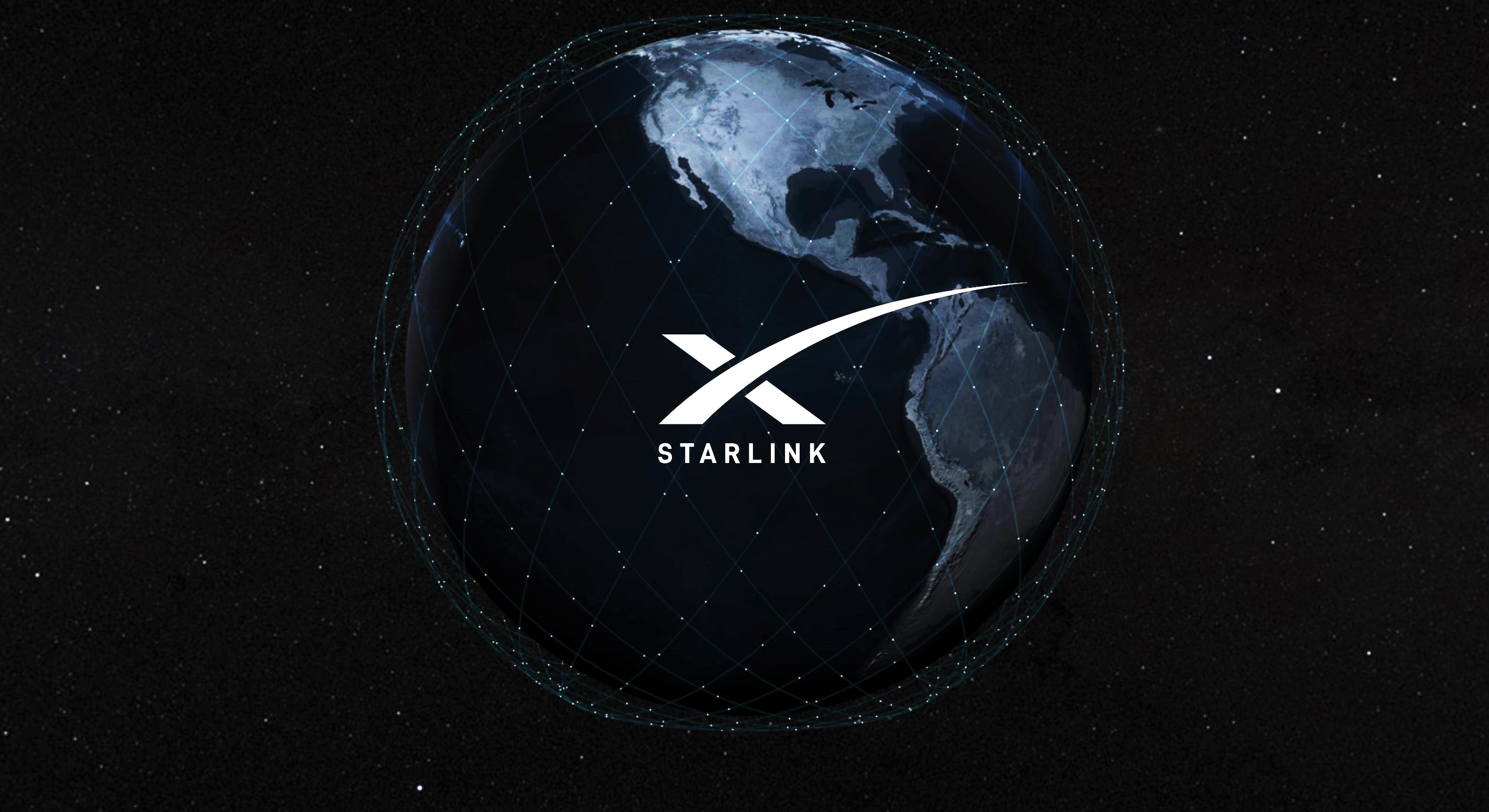

News
SpaceX’s Starlink internet a step closer to customers as “user terminal” hiring ramps up
As SpaceX prepares to kick off an aggressive Starlink launch campaign in the next month or two, the company is also aggressively hiring build teams that will engineer and mass-produce crucial ground-based hardware, ranging from ground stations and mobile applications to the “user terminals” that will go in customer homes.
The proposed Starlink satellite internet constellation will be comprised of up to 12,000 satellites in low Earth orbit (LEO) and is designed to provide low latency high-speed broadband internet service the world over. Company CEO Elon Musk has previously discussed that a major focus of the constellation would be to provide reliable and fast internet service to rural and remote locations where existing service may be far too expensive or unreliable.
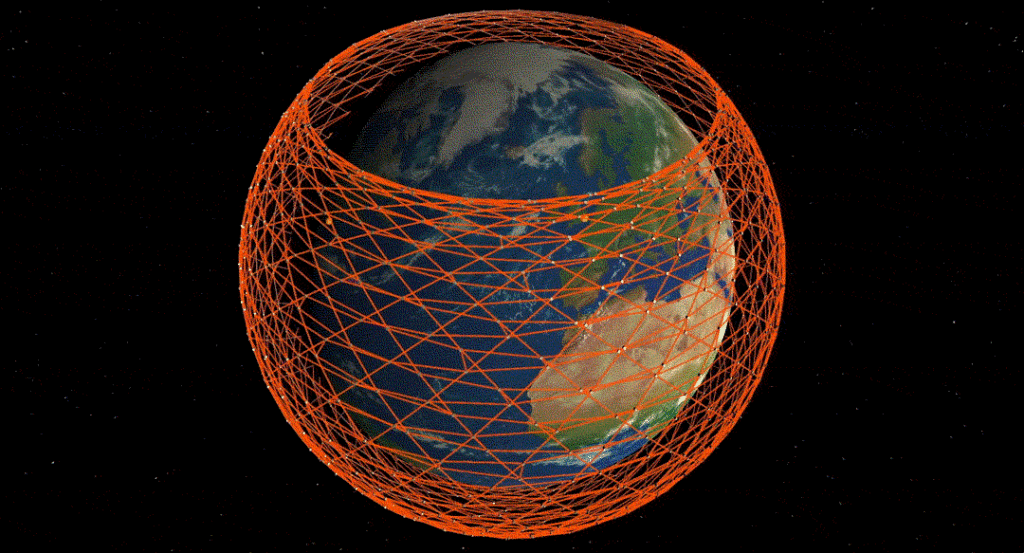
Over the last 6-12 months, an array of job listings have advertised well over a hundred new positions related to Starlink, with a recent trend towards prioritization of user terminal production at SpaceX’s Hawthorne, CA headquarters. SpaceX is also looking to expand its software development workforce to mature the software needed for user terminals and create a range of other customer-facing products, including a “Starlink Mobile” app for both Android and iOS devices.
Similar to current satellite TV and internet solutions, SpaceX’s Starlink internet service will require ground-based receivers – “user terminals” – at their location of use. By all appearances, SpaceX may also have plans to integrate a WiFi router directly into the terminal to make the user experience as seamless as possible, but it’s just as likely that SpaceX will simply include ports for users to connect their own routers. Musk has previously stated that the user terminals will use phased arrays antennas that will allow them to stay motionless on the ground while electronically ‘steering’ to ensure the best possible satellite connection.

The user terminals will be the connect-all hardware point that will “sit in (Starlink) customers’ homes” to “bridge the gap between OS software, flight software, antenna software, and modem software.” Presumably, the User Terminals will be far more advanced than current access modems and will also encompass a router that would allow satellite wifi service throughout the area of access. Past statements indicate that SpaceX intends for the terminals to be roughly the size of a small pizza box.
In line with user terminal planning, SpaceX has also begun hiring developers for a Starlink Mobile application. This will enable customers to enjoy “a seamless experience managing their accounts and internet access”, presumably offering something akin to the experience that current Tesla customers have with Tesla’s mobile apps.

The current Tesla app is a comprehensive experience that allows user monitoring and customization of every aspect of their Tesla products inclusing vehicles and Powerwall energy systems. The experience guides the user from set-up to everyday use of their various Tesla products.
From the senior software engineer job listing, it can be assumed that the Starlink Mobile app will be comparable to the Tesla app. The advertised position will “bring to life the mobile portal into Starlink.” It’s very likely that the Starlink Mobile app will allow the user to monitor device connections, download and upload speeds, and other customer-specific experiences such as account access and billing. The app will be built completely in-house and from the ground up to ensure that it is specified and tailored to meet the various requirements of a comprehensive and quality customer experience.
SpaceX is expected to ramp up the development and manufacturing of all Starlink supportive ground systems within the coming weeks and months. The advertised positions are all located in California – the software development and manufacturing of User Terminal Teams based in Hawthorne while the mobile application software engineer position is located in Los Angeles.
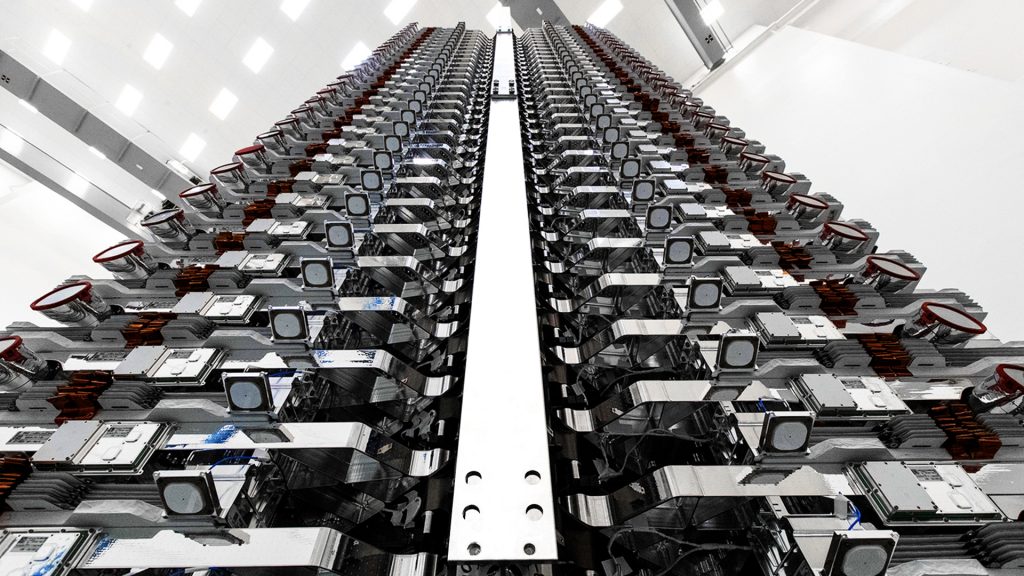
According to President and COO Gwynne Shotwell, SpaceX aspires to launch 2-4 more missions in 2019 and as many as 24 dedicated Starlink missions in 2020 alone, roughly translating to a Starlink launch ever two weeks. Customer launches would occur in the interim and SpaceX has made it clear that customers will come first, with Starlink missions then filling in the gaps left in SpaceX’s commercial manifest.
SpaceX ultimately believes that it can begin serving customers after as few as 6-8 launches with 60 Starlink satellites apiece, while initial global coverage will require 24 launches. Beyond those milestones, more launches (involving anywhere from 10,000 to 40,000+ additional satellites) would simply add bandwidth and allow SpaceX to expand its customer base and distribute additional capacity based on demand.
SpaceX’s next two Starlink missions are scheduled to launch no earlier than mid-November and December 2019.
Check out Teslarati’s newsletters for prompt updates, on-the-ground perspectives, and unique glimpses of SpaceX’s rocket launch and recovery processes.
Elon Musk
Tesla analysts believe Musk and Trump feud will pass
Tesla CEO Elon Musk and U.S. President Donald Trump’s feud shall pass, several bulls say.

Tesla analysts are breaking down the current feud between CEO Elon Musk and U.S. President Donald Trump, as the two continue to disagree on the “Big Beautiful Bill” and its impact on the country’s national debt.
Musk, who headed the Department of Government Efficiency (DOGE) under the Trump Administration, left his post in May. Soon thereafter, he and President Trump entered a very public and verbal disagreement, where things turned sour. They reconciled to an extent, and things seemed to be in the past.
However, the second disagreement between the two started on Monday, as Musk continued to push back on the “Big Beautiful Bill” that the Trump administration is attempting to sign into law. It would, by Musk’s estimation, increase spending and reverse the work DOGE did to trim the deficit.
Every member of Congress who campaigned on reducing government spending and then immediately voted for the biggest debt increase in history should hang their head in shame!
And they will lose their primary next year if it is the last thing I do on this Earth.
— Elon Musk (@elonmusk) June 30, 2025
President Trump has hinted that DOGE could be “the monster” that “eats Elon,” threatening to end the subsidies that SpaceX and Tesla receive. Musk has not been opposed to ending government subsidies for companies, including his own, as long as they are all abolished.
How Tesla could benefit from the ‘Big Beautiful Bill’ that axes EV subsidies
Despite this contentious back-and-forth between the two, analysts are sharing their opinions now, and a few of the more bullish Tesla observers are convinced that this feud will pass, Trump and Musk will resolve their differences as they have before, and things will return to normal.
ARK Invest’s Cathie Wood said this morning that the feud between Musk and Trump is another example of “this too shall pass:”
BREAKING: CATHIE WOOD SAYS — ELON AND TRUMP FEUD “WILL PASS” 👀 $TSLA
She remains bullish ! pic.twitter.com/w5rW2gfCkx
— TheSonOfWalkley (@TheSonOfWalkley) July 1, 2025
Additionally, Wedbush’s Dan Ives, in a note to investors this morning, said that the situation “will settle:”
“We believe this situation will settle and at the end of the day Musk needs Trump and Trump needs Musk given the AI Arms Race going on between the US and China. The jabs between Musk and Trump will continue as the Budget rolls through Congress but Tesla investors want Musk to focus on driving Tesla and stop this political angle…which has turned into a life of its own in a roller coaster ride since the November elections.”
Tesla shares are down about 5 percent at 3:10 p.m. on the East Coast.
Elon Musk
Tesla scrambles after Musk sidekick exit, CEO takes over sales
Tesla CEO Elon Musk is reportedly overseeing sales in North America and Europe, Bloomberg reports.

Tesla scrambled its executives around following the exit of CEO Elon Musk’s sidekick last week, Omead Afshar. Afshar was relieved of his duties as Head of Sales for both North America and Europe.
Bloomberg is reporting that Musk is now overseeing both regions for sales, according to sources familiar with the matter. Afshar left the company last week, likely due to slow sales in both markets, ending a seven-year term with the electric automaker.
Tesla’s Omead Afshar, known as Elon Musk’s right-hand man, leaves company: reports
Afshar was promoted to the role late last year as Musk was becoming more involved in the road to the White House with President Donald Trump.
Afshar, whose LinkedIn account stated he was working within the “Office of the CEO,” was known as Musk’s right-hand man for years.
Additionally, Tom Zhu, currently the Senior Vice President of Automotive at Tesla, will oversee sales in Asia, according to the report.
It is a scramble by Tesla to get the company’s proven executives over the pain points the automaker has found halfway through the year. Sales are looking to be close to the 1.8 million vehicles the company delivered in both of the past two years.
Tesla is pivoting to pay more attention to the struggling automotive sales that it has felt over the past six months. Although it is still performing well and is the best-selling EV maker by a long way, it is struggling to find growth despite redesigning its vehicles and launching new tech and improvements within them.
The company is also looking to focus more on its deployment of autonomous tech, especially as it recently launched its Robotaxi platform in Austin just over a week ago.
However, while this is the long-term catalyst for Tesla, sales still need some work, and it appears the company’s strategy is to put its biggest guns on its biggest problems.
News
Tesla upgrades Model 3 and Model Y in China, hikes price for long-range sedan
Tesla’s long-range Model 3 now comes with a higher CLTC-rated range of 753 km (468 miles).
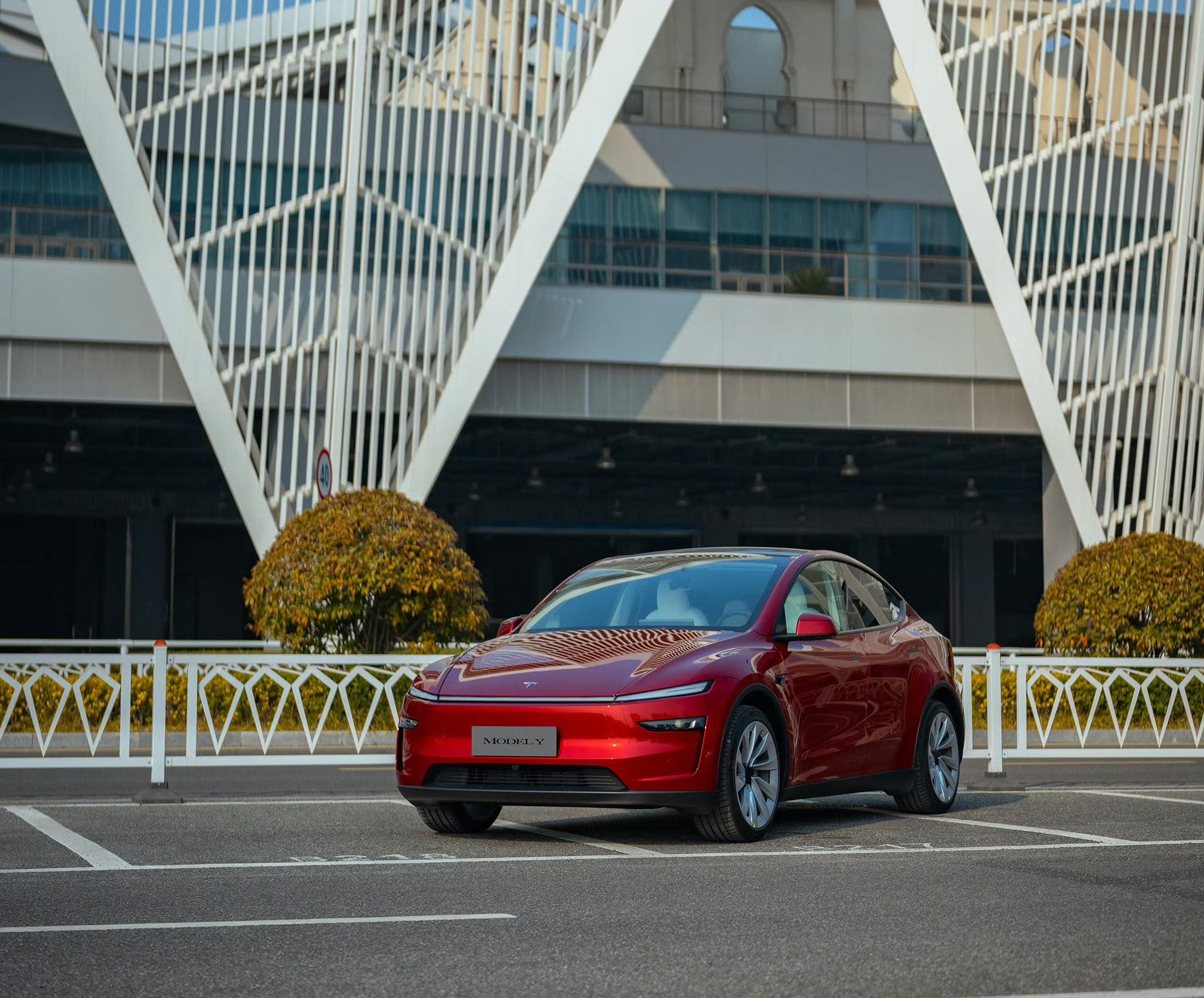
Tesla has rolled out a series of quiet upgrades to its Model 3 and Model Y in China, enhancing range and performance for long-range variants. The updates come with a price hike for the Model 3 Long Range All-Wheel Drive, which now costs RMB 285,500 (about $39,300), up RMB 10,000 ($1,400) from the previous price.
Model 3 gets acceleration boost, extended range
Tesla’s long-range Model 3 now comes with a higher CLTC-rated range of 753 km (468 miles), up from 713 km (443 miles), and a faster 0–100 km/h acceleration time of 3.8 seconds, down from 4.4 seconds. These changes suggest that Tesla has bundled the previously optional Acceleration Boost for the Model 3, once priced at RMB 14,100 ($1,968), as a standard feature.
Delivery wait times for the long-range Model 3 have also been shortened, from 3–5 weeks to just 1–3 weeks, as per CNEV Post. No changes were made to the entry-level RWD or Performance versions, which retain their RMB 235,500 and RMB 339,500 price points, respectively. Wait times for those trims also remain at 1–3 weeks and 8–10 weeks.
Model Y range increases, pricing holds steady
The Model Y Long Range has also seen its CLTC-rated range increase from 719 km (447 miles) to 750 km (466 miles), though its price remains unchanged at RMB 313,500 ($43,759). The model maintains a 0–100 km/h time of 4.3 seconds.
Tesla also updated delivery times for the Model Y lineup. The Long Range variant now shows a wait time of 1–3 weeks, an improvement from the previous 3–5 weeks. The entry-level RWD version maintained its starting price of RMB 263,500, though its delivery window is now shorter at 2–4 weeks.
Tesla continues to offer several purchase incentives in China, including an RMB 8,000 discount for select paint options, an RMB 8,000 insurance subsidy, and five years of interest-free financing for eligible variants.
-

 Elon Musk1 day ago
Elon Musk1 day agoTesla investors will be shocked by Jim Cramer’s latest assessment
-

 News6 days ago
News6 days agoTesla Robotaxi’s biggest challenge seems to be this one thing
-

 News2 weeks ago
News2 weeks agoTesla’s Grok integration will be more realistic with this cool feature
-

 Elon Musk2 weeks ago
Elon Musk2 weeks agoElon Musk slams Bloomberg’s shocking xAI cash burn claims
-
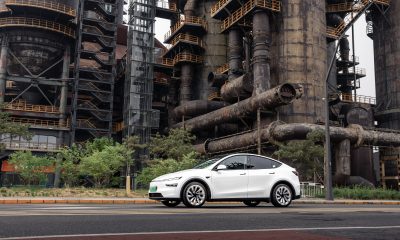
 News2 weeks ago
News2 weeks agoTesla China roars back with highest vehicle registrations this Q2 so far
-

 News2 weeks ago
News2 weeks agoTexas lawmakers urge Tesla to delay Austin robotaxi launch to September
-

 News2 weeks ago
News2 weeks agoTesla dominates Cars.com’s Made in America Index with clean sweep
-

 Elon Musk1 week ago
Elon Musk1 week agoFirst Look at Tesla’s Robotaxi App: features, design, and more












